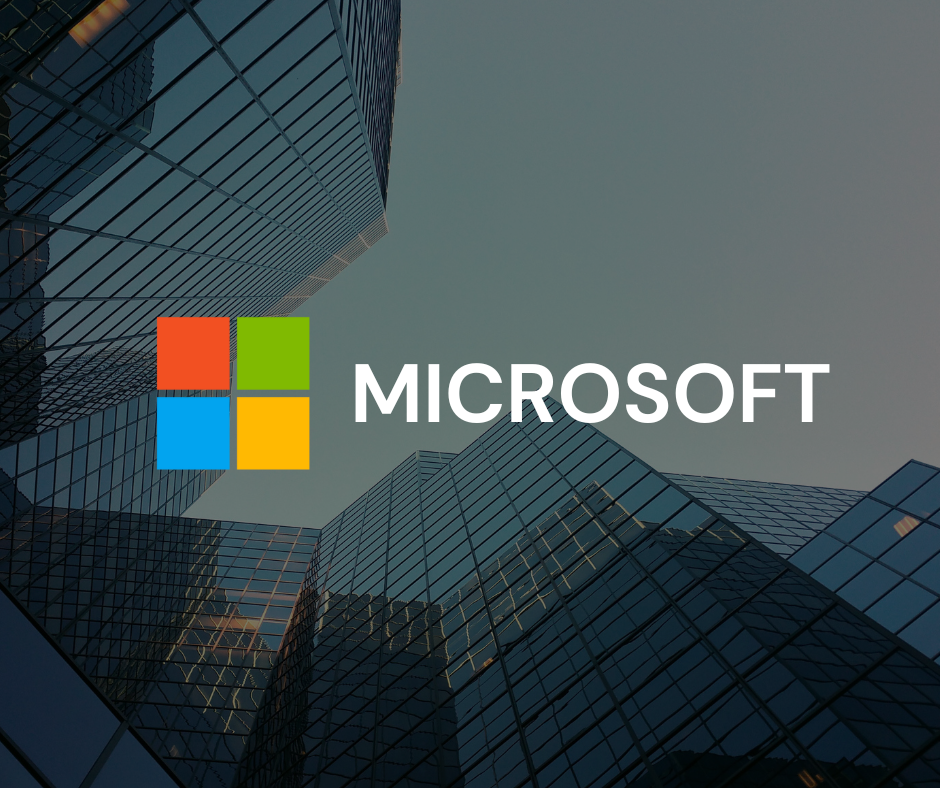
Despite record profits, Microsoft cuts thousands—including top AI minds
Microsoft has announced another sweeping round of layoffs—this time affecting 6,000 to 7,000 employees, or about 3% of its global workforce. What’s surprising? These cuts include key players in AI, like Gabriela de Queiroz, Director of AI at Microsoft for Startups, and Ron Buckton, a longtime engineer behind TypeScript.
The company posted a staggering $25.8 billion in quarterly net income and plans to spend $80 billion this fiscal year—most of it on AI infrastructure. So if these layoffs aren’t about performance or profit, what’s really going on? Microsoft says it’s about “speed and focus.” But as respected names in AI get the boot, the message feels murky: in the AI era, no one’s untouchable.
🔹 What Happened
Microsoft confirmed the layoff of approximately 6,000–7,000 employees, citing organizational restructuring. It’s the company’s largest workforce reduction since 2023. The layoffs span multiple departments—including high-performing and high-profile employees.
Among the most notable exits:
- Gabriela de Queiroz, a well-known AI leader and advocate for ethical AI, formerly Director of AI for Startups.
- Ron Buckton, a principal engineer deeply involved in shaping TypeScript—a programming language core to many web apps today.
These aren’t underperformers. They’re pioneers. The restructuring appears to be less about individual roles and more about streamlining Microsoft’s operations to aggressively chase AI dominance.
🔹 Why It Matters
At first glance, these cuts don’t make sense—especially when Microsoft is posting record profits and doubling down on AI. But dig deeper, and you’ll find a shift in strategy:
- Lean into AI infrastructure: Microsoft is pouring tens of billions into data centers, GPUs, and partnerships with OpenAI.
- Reshape for speed: The company wants to move faster—cutting middle layers and restructuring teams.
- Focus over legacy: Even long-tenured employees may not align with the new AI-first direction.
Still, the optics are tough. When top-tier AI leaders are let go, the message isn’t just about focus—it’s about brutal prioritization. In an age where AI is supposed to create opportunity, this feels like a warning shot: the future may be automated, and fewer humans will be needed to run it.
🔹 Features / Use Cases
Let’s be clear: Microsoft isn’t pulling back from AI. It’s pushing harder than ever. Here’s where those billions are going:
- Azure AI & OpenAI integrations: Powering Copilot tools, enterprise AI services, and developer APIs.
- Custom silicon: Microsoft’s own AI chips (like Maia and Cobalt) are set to rival NVIDIA.
- Infrastructure scale-up: New data centers, GPU clusters, and cloud expansions worldwide.
- Copilot everywhere: Embedding AI assistants across Office, Windows, Teams, and GitHub.
But ironically, that very progress means fewer traditional tech roles are needed. Copilot writes code. Azure automates deployments. AI cuts through tasks that once took teams of humans.
These layoffs show how Microsoft is betting that automation will replace internal complexity.
🔹 The Bigger Picture / Future Impact
This isn’t just about Microsoft. It’s a tech industry-wide pivot toward fewer humans and more machines. Meta, Google, Amazon—they’ve all made cuts, even while profits rise.
What we’re seeing is the AI economy in action:
- Productivity gains mean leaner teams
- AI replaces middle-layer decision-making
- Strategic roles shift from building tech to steering it
The catch? AI still needs oversight, ethics, and creativity—things humans do best. When those roles get cut too, it raises uncomfortable questions:
- Who’s building the AI that’s replacing us?
- Are we moving too fast to consider long-term impact?
- And if the best in AI aren’t safe, who is?
This restructuring might boost short-term agility. But it risks long-term trust—among both talent and users.
🔹 Final Take
Microsoft’s layoffs aren’t about failure—they’re about relentless prioritization in an AI-first world. But when innovation is thriving and job cuts still hit top performers, it sends a clear signal:
The AI boom won’t lift all boats. It might capsize a few instead.




